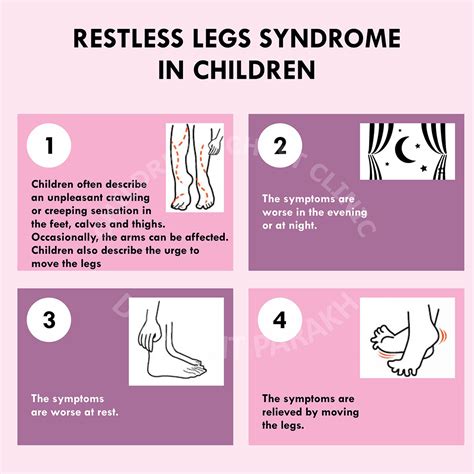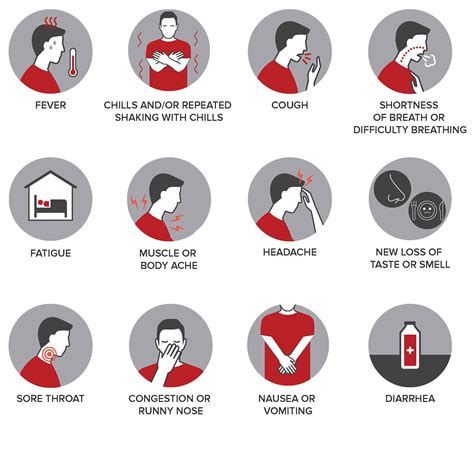Intro
Discover Periodic Leg Movement Disorder, a sleep disorder causing involuntary leg movements, restless leg syndrome, and nocturnal leg cramps, affecting sleep quality and daily life, with symptoms, causes, and treatment options explained.
Periodic leg movement disorder, also known as periodic limb movement disorder, is a condition that affects millions of people worldwide. It is characterized by involuntary movements of the legs or arms, typically occurring at night, which can disrupt sleep patterns and impact daily life. The importance of understanding this condition lies in its potential to cause significant distress and impairment, making it essential to explore its causes, symptoms, and treatment options. In this article, we will delve into the world of periodic leg movement disorder, providing an in-depth look at its effects, diagnosis, and management.
As we navigate the complexities of periodic leg movement disorder, it becomes clear that this condition is not just a simple movement disorder, but rather a multifaceted issue that can have far-reaching consequences on a person's quality of life. The symptoms of periodic leg movement disorder can range from mild to severe, and if left untreated, can lead to chronic sleep deprivation, fatigue, and decreased productivity. Furthermore, the condition can also have a significant impact on mental health, with many individuals experiencing anxiety, depression, and stress related to their symptoms. Therefore, it is crucial to address periodic leg movement disorder with a comprehensive approach, taking into account its physical, emotional, and psychological aspects.
The prevalence of periodic leg movement disorder is a significant concern, with studies suggesting that up to 30% of the general population may experience some form of the condition. However, despite its widespread nature, periodic leg movement disorder remains poorly understood, and many individuals struggle to find effective treatment and support. This lack of awareness and understanding can lead to delayed diagnosis, inadequate treatment, and increased suffering for those affected. By shedding light on periodic leg movement disorder, we hope to raise awareness, promote education, and encourage individuals to seek help and support.
What is Periodic Leg Movement Disorder?

Causes and Risk Factors
The exact causes of periodic leg movement disorder are not fully understood, but several factors are thought to contribute to its development. These include: * Genetics: Family history can play a role in the development of periodic leg movement disorder. * Age: The condition is more common in older adults. * Sex: Women are more likely to experience periodic leg movement disorder than men. * Sleep disorders: Conditions such as sleep apnea, insomnia, and restless legs syndrome can increase the risk of developing periodic leg movement disorder. * Medical conditions: Diabetes, kidney disease, and iron deficiency can contribute to the development of periodic leg movement disorder. * Medications: Certain medications, such as antidepressants and antihistamines, can trigger or worsen periodic leg movement disorder.Symptoms and Diagnosis

Diagnosing periodic leg movement disorder can be challenging, as the symptoms can be similar to those of other sleep disorders. A comprehensive diagnosis typically involves:
- Medical history: A thorough review of medical history to identify any underlying conditions that may be contributing to the symptoms.
- Physical examination: A physical examination to rule out any underlying medical conditions.
- Sleep study: A sleep study, such as polysomnography, to monitor sleep patterns and detect any abnormal movements.
- Questionnaires and surveys: Completion of questionnaires and surveys to assess sleep quality, daytime functioning, and overall well-being.
Treatment Options
Treatment for periodic leg movement disorder depends on the underlying cause and severity of the symptoms. Common treatment options include: * Lifestyle changes: Establishing a regular sleep schedule, avoiding caffeine and nicotine, and engaging in regular exercise can help alleviate symptoms. * Medications: Dopaminergic agents, such as ropinirole and pramipexole, can help reduce symptoms. * Relaxation techniques: Stress-reducing techniques, such as meditation and deep breathing, can help manage stress and promote relaxation. * Sleep aids: Sleep aids, such as melatonin and sleep masks, can help improve sleep quality.Managing Periodic Leg Movement Disorder

Coping with Periodic Leg Movement Disorder
Coping with periodic leg movement disorder can be challenging, but there are several strategies that can help. These include: * Seeking support: Connecting with others who experience periodic leg movement disorder can provide emotional support and validation. * Practicing stress-reducing techniques: Stress-reducing techniques, such as meditation and deep breathing, can help manage stress and promote relaxation. * Engaging in activities: Engaging in activities that bring joy and fulfillment can help distract from symptoms and improve overall well-being. * Setting realistic expectations: Setting realistic expectations and prioritizing self-care can help manage stress and promote overall well-being.Conclusion and Future Directions

Final Thoughts
As we conclude our exploration of periodic leg movement disorder, it is essential to remember that this condition is not just a simple movement disorder, but rather a multifaceted issue that can have far-reaching consequences on a person's quality of life. By working together to raise awareness, promote education, and support research, we can help individuals affected by periodic leg movement disorder to manage their symptoms, improve their sleep, and enhance their overall well-being.What is the difference between periodic leg movement disorder and restless legs syndrome?
+Periodic leg movement disorder and restless legs syndrome are two related but distinct conditions. Restless legs syndrome is characterized by an irresistible urge to move the legs, usually due to uncomfortable sensations, whereas periodic leg movement disorder is characterized by involuntary movements of the legs or arms during sleep.
Can periodic leg movement disorder be cured?
+While there is no cure for periodic leg movement disorder, treatment and management strategies can help alleviate symptoms and improve sleep quality. With proper treatment and lifestyle changes, individuals can manage their condition and improve their overall quality of life.
How common is periodic leg movement disorder?
+Periodic leg movement disorder is a relatively common condition, affecting up to 30% of the general population. However, the condition often goes undiagnosed or misdiagnosed, highlighting the need for increased awareness and education.
We hope this article has provided you with a comprehensive understanding of periodic leg movement disorder, its causes, symptoms, and treatment options. If you or someone you know is experiencing symptoms of periodic leg movement disorder, we encourage you to seek medical attention and explore the various treatment options available. By working together, we can raise awareness and promote education about this condition, ultimately improving the lives of those affected. Please feel free to comment, share this article, or take specific actions to support individuals with periodic leg movement disorder.
